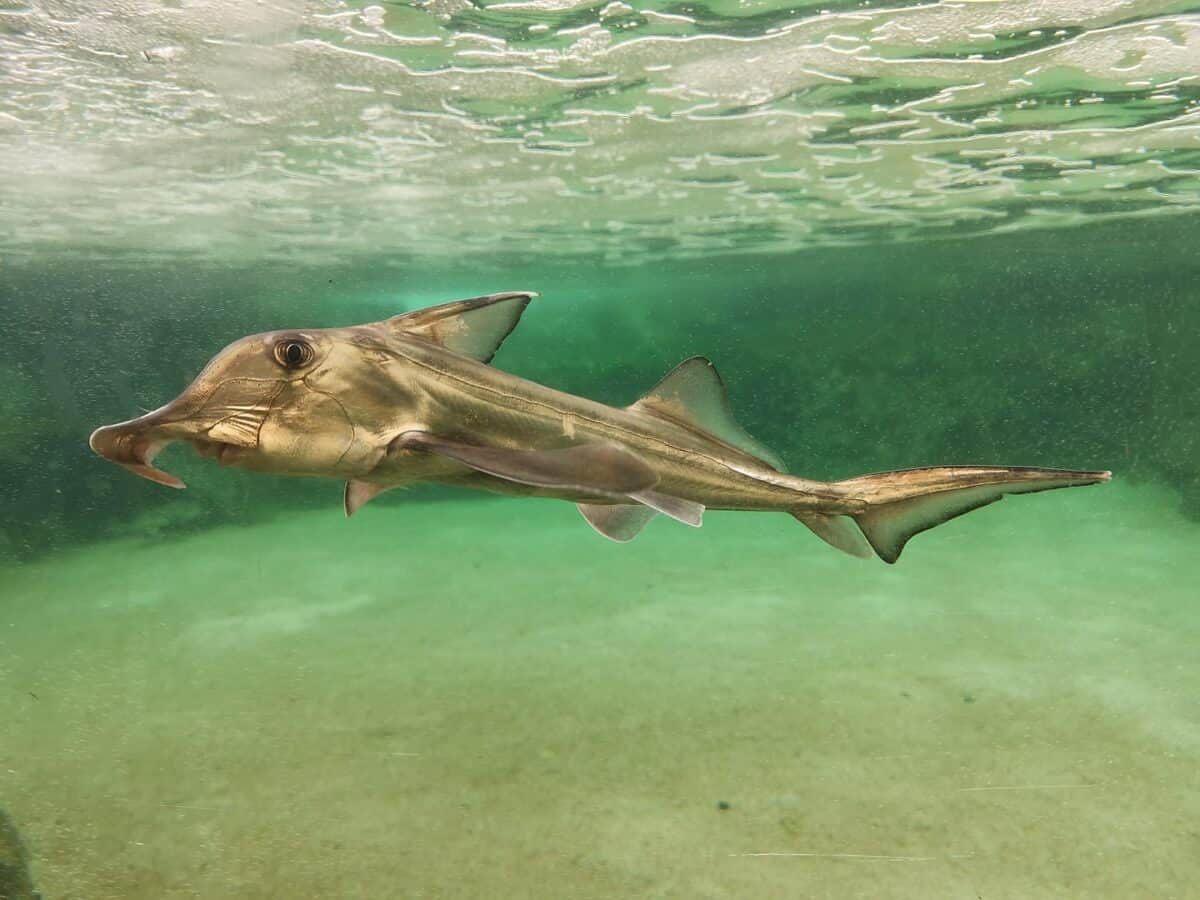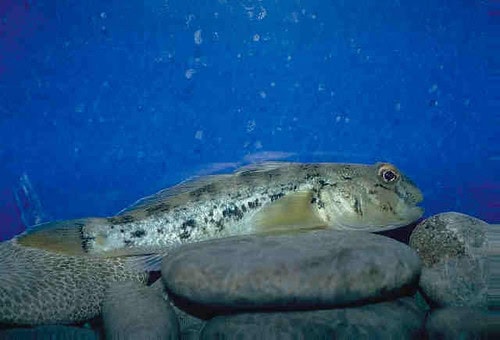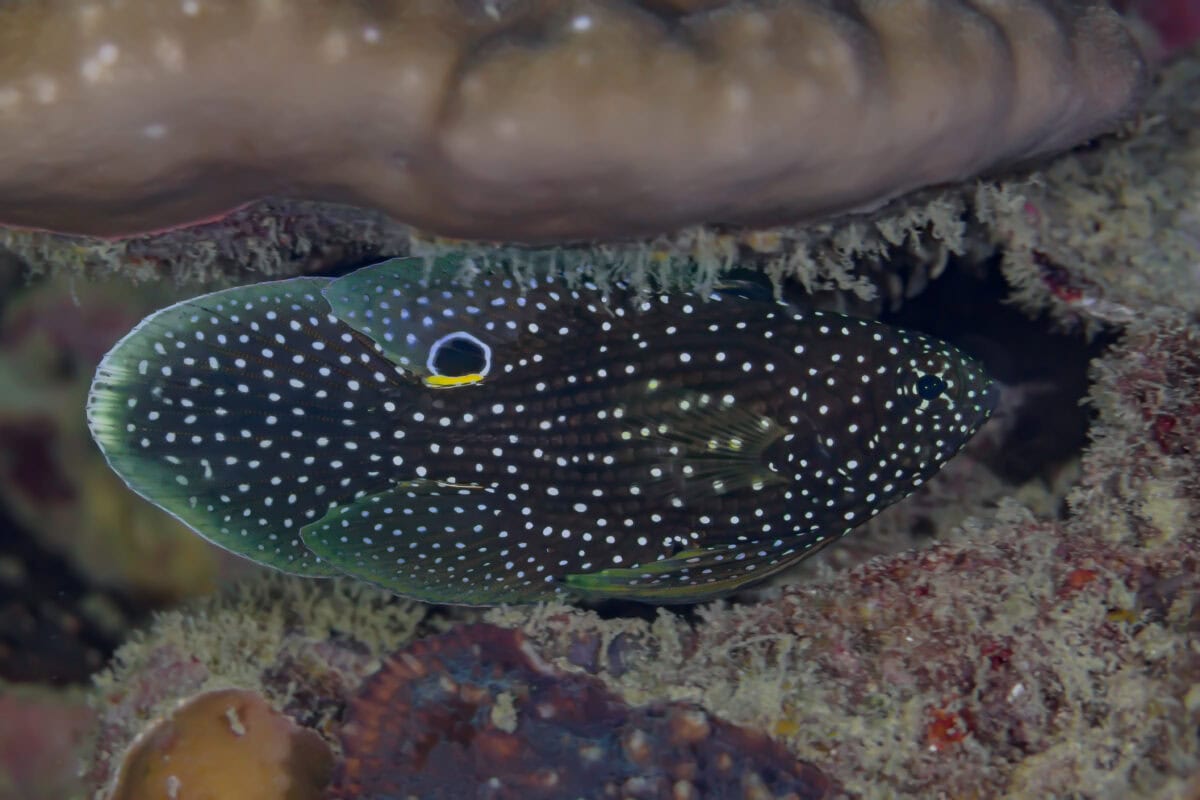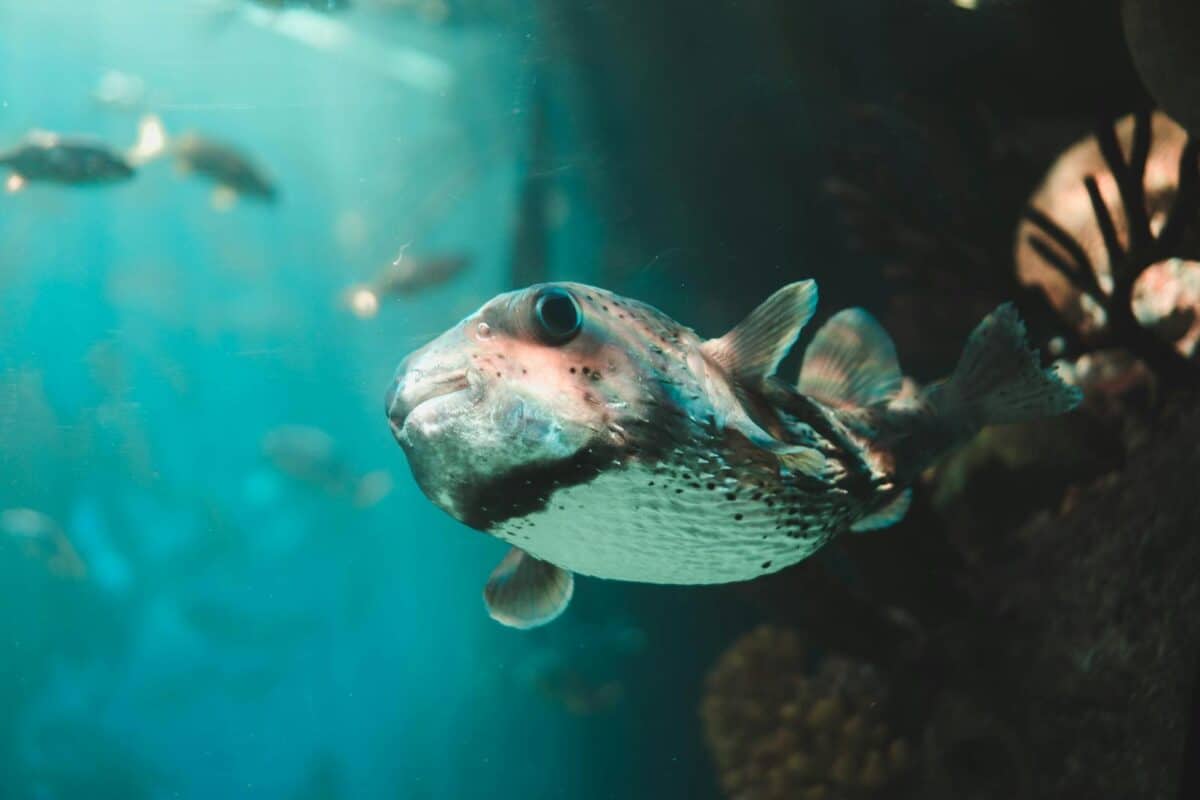The depths of the ocean are home to countless mysteries and fascinating creatures, many of which exhibit remarkable behaviors and abilities. Among these, a select few fish stand out for their incredible intelligence. While dolphins and whales often take the spotlight as the brainiacs of the sea, certain fish possess cognitive abilities that may surprise you. This article explores some of the most intelligent fish in the ocean and what makes them truly remarkable.
The Clever Octopus: A True Mastermind of the Ocean

Although technically not a fish, the octopus is a marine creature that frequently vies for the title of the ocean’s most intelligent inhabitant. These cephalopods are renowned for their problem-solving abilities and use of tools. They can navigate complex mazes, open screw-top jars, and even mimic other species as a form of camouflage. The breadth of their intelligence has captivated scientists and ocean enthusiasts alike, making them the quintessential oceanic genius.
The Fascinating Manta Ray: Flighty and Intelligent

Manta rays, with their graceful movements and wing-like fins, are more than just beautiful to watch. These gentle giants demonstrate impressive cognitive abilities. They possess the largest brain-to-body ratio of all fish, and research suggests they exhibit behaviors such as self-awareness and complex social interactions. Manta rays are known to perform somersaults for play, indicating a level of intelligence that could rival that of some mammals.
The Adaptable Wrasse: Problem Solvers of the Coral Reefs

Wrasses are a colorful family of fish that inhabit coral reefs around the world. Among them, the cleaner wrasse stands out for its smart behaviors. These fish establish cleaning stations where other fish come to have parasites removed, showcasing an understanding of symbiotic relationships. Furthermore, in studies where mirrors were introduced, cleaner wrasses demonstrated signs of self-recognition, a test often used to measure an animal’s intelligence.
The Cunning Cuttlefish: The Hypnotists of the Deep

Cuttlefish, like their octopus cousins, exhibit behaviors indicative of high intelligence. These mollusks can change their skin color and texture to communicate, hunt, and evade predators. Cuttlefish use these skills to hypnotize prey, demonstrating a sophisticated understanding of their environment. Their ability to navigate mazes and remember tasks further underscores their cognitive capabilities.
The Strategic Archerfish: Sharp Shooters of Nature

Archerfish display a unique strategy for capturing prey that involves shooting jets of water at insects above the surface. This behavior requires precise aim and timing, and archerfish have been observed learning and honing this skill over time. Their ability to account for the refraction of light in water when targeting prey is a testament to their remarkable cognitive processing abilities.
The Inquisitive Elephantfish: Scholars of Electric Fields

Recognizable by their elongated snouts, elephantfish are keen navigators who rely on electrolocation to maneuver through murky waters. This ability to generate and detect electric fields is a form of bioelectromagnetism that assists them in locating prey and avoiding obstacles. Their neurological system is highly developed, allowing them to adapt to changing environments and exhibit complex behaviors indicative of intelligence.
The Decisive Goby: Masters of Memory and Navigation

Goby fish are small but mighty when it comes to intelligence. Living in rocky tidal pools, they demonstrate excellent spatial memory and navigation skills. Gobies map their surroundings at high tide and remember these routes when the tide recedes, allowing them to return to their home pools. This behavior illustrates their incredible memory and adaptability in a constantly changing environment.
The Cooperative Lionfish: Team Hunters of the Sea

Lionfish, known for their striking appearance and venomous spines, are also intelligent hunters. These predators have been observed hunting in groups, using strategic movements to herd prey into confined spaces. This cooperative behavior reflects advanced social communication and planning, showcasing their sophisticated hunting strategies.
The Analytical Comet Fish: Camouflage Artists

Comet fish are masters of disguise, capable of altering their appearance to blend in seamlessly with their surroundings. Their ability to mimic the movements and colors of other fish is not only a survival mechanism but also suggests a level of environmental awareness and intelligence. This adaptive behavior allows comet fish to evade predators and hunt more effectively.
The Curious Tetra: Observant Shoaling Fish

Tetras are popular in home aquariums and are known for their vibrant colors and social nature. In the wild, these fish live in large shoals and exhibit behaviors that suggest a keen awareness of their environment. They communicate using a variety of signals and can learn from observing others, displaying social learning capabilities.
The Ingenious Blenny: Fearless and Resourceful

Blennies are small fish that often go unnoticed, but their cleverness makes them worth mentioning. Some species are known to impersonate other fish to sneak into territory or steal food. Their resourcefulness and boldness in the face of predators highlight their problem-solving abilities and adaptability.
The Skilled Pufferfish: Architects of the Ocean

Despite their comical appearance, pufferfish are highly skilled engineers of the ocean floor. Some species are known to create intricate sand sculptures to attract mates. These geometric patterns require precision and creativity, pointing to a surprising level of artistic intelligence and complex behavior.
The intelligence of fish is a subject of increasing interest within the scientific community. From the octopus to the pufferfish, these fascinating creatures reveal a world of cognitive abilities and complex behaviors. While fish may not always top the lists of animal intelligence, they certainly merit recognition for their unique contributions and adaptations to their aquatic environments. As we continue to study and appreciate these underwater geniuses, we gain a deeper understanding and respect for the intelligence that pervades the ocean’s depths.
- Why Bears Play—and What It Teaches Us - August 24, 2025
- 12 Dog Breeds That Can Survive a Coyote Attack - August 24, 2025
- The Most Powerful Earthquakes That Shook the U.S. - August 24, 2025

